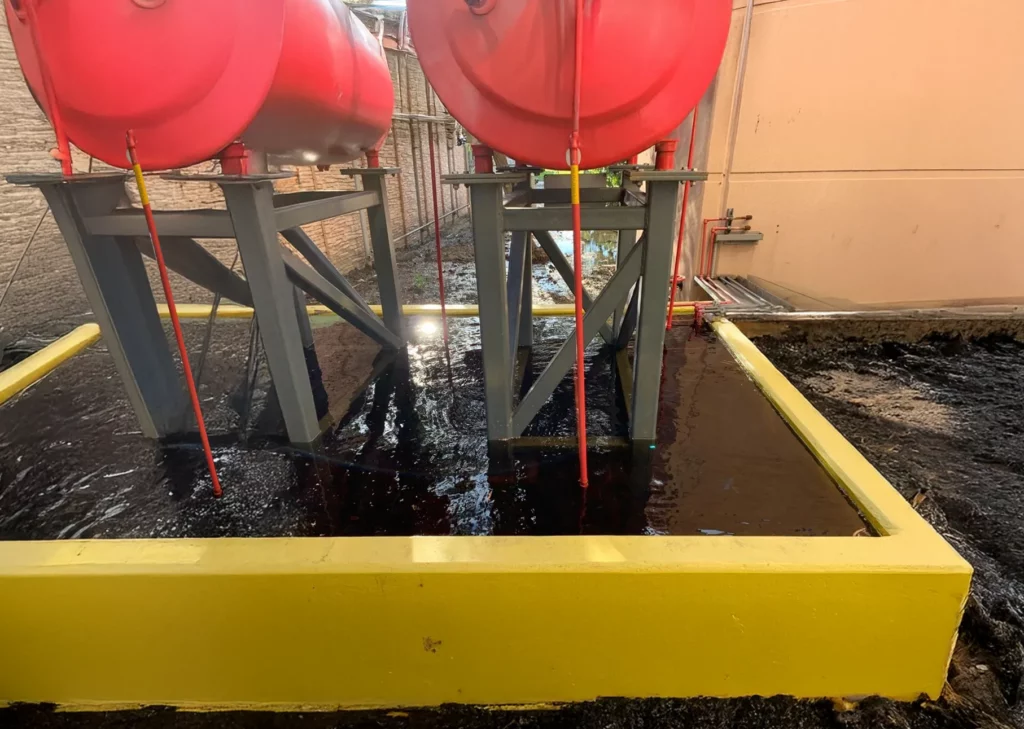What is Freeboard in Spill Containment?
Freeboard, in the context of spill containment, refers to the extra capacity or space within a secondary containment system that is reserved to account for precipitation, such as rainwater, in addition to the volume required to contain a potential spill. This additional capacity ensures that the containment system remains effective during adverse weather conditions, preventing overflow and environmental contamination.
Why is Freeboard Important?
Freeboard is essential for compliance with environmental regulations like the EPA’s Spill Prevention, Control, and Countermeasure (SPCC) guidelines. These rules mandate that secondary containment systems must not only hold the full volume of the largest container but also include sufficient freeboard to manage precipitation from events such as a 25-year, 24-hour storm. Without adequate freeboard, even a minor rainfall could compromise the containment system’s ability to prevent spills from escaping.

Key Considerations for Freeboard
- Regulatory Compliance: SPCC regulations require secondary containment systems to account for both spill volume and precipitation. While the “110% rule” (containing 110% of the largest container’s volume) is commonly used, geographic factors like local rainfall intensity may necessitate additional freeboard.
- Engineering Practices: Determining sufficient freeboard involves professional engineering assessments tailored to specific site conditions. This includes evaluating drainage patterns, storm frequency, and historical precipitation data.
- Applications Beyond Land: In water-based spill containment systems like oil booms, freeboard refers to the above-water portion of the barrier that prevents waves from splashing over and spreading contaminants.
Synonyms for Freeboard
- Buffer Capacity: Refers to the additional space or volume reserved for unexpected scenarios like heavy rain.
- Overflow Margin: Highlights its role in preventing spills from exceeding containment limits.
- Safety Allowance: Emphasizes its purpose as a precautionary measure in containment design.



